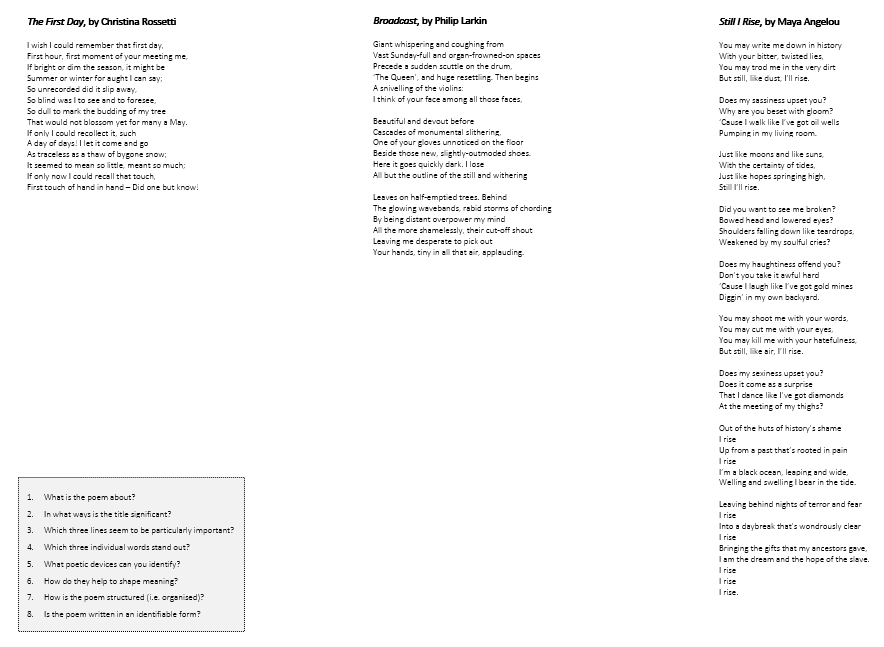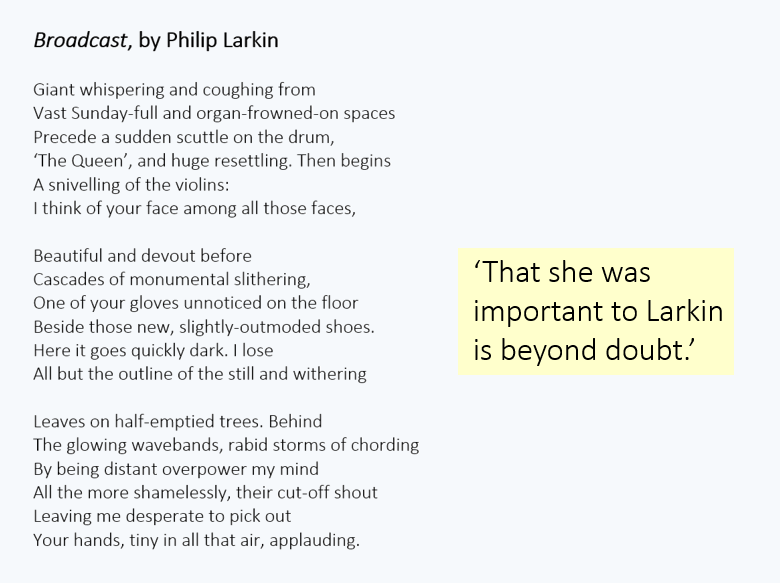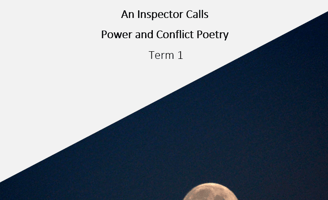Click on the button above a review booklet for four GCSE English Literature components:
Teaching GCSE English Literature Unseen Poetry
In years gone by, I’ve tended to treat the unseen poetry component of the GCSE English Literature course as a bit of a ‘bolt on’ – something I’m more than a little bit ashamed to admit. Not this year though. Here’s a quick run-through of how I’ve approach the teaching of it so far.
I select poems that I know well and like, and that I think my class will also like. The six I’ve focused on so far are listed below. I’ve put them onto a single document, which you can access by clicking here.
- The First Day, by Christina Rossetti
- Broadcast, by Philip Larkin
- Still I Rise, by Maya Angelou
- Demeter, by Carol Ann Duffy
- Pike, by Ted Hughes
- The Eagle, by Alfred Tennyson
 To start, I usually display one of the poems on the board and ask students to consider the basics – what the poem’s about and what the main ideas that are, and so on. Slide below for reference.
To start, I usually display one of the poems on the board and ask students to consider the basics – what the poem’s about and what the main ideas that are, and so on. Slide below for reference.

After a brief discussion, I take the class through my interpretation of the poem and annotate it under a visualiser. I then hand over to them. Typically, I direct the students towards a poem that’s thematically linked and ask them to annotate it with the questions below in mind. After about 10 minutes or so, I ask for feedback.
- What is the poem about?
- In what ways is the title significant?
- Which three lines seem to be particularly important?
- Which three individual words stand out?
- What poetic devices can you identify?
- How do they help to shape meaning?
- How is the poem structured (i.e. organised)?
- Is the poem written in an identifiable form?
When that’s been done, I usually move onto some quick vocabulary work (e.g. reporting and analysing verbs or literary terminology) and then either embark on some planning or writing. If it’s the latter, I tend to provide some sentence starters like the ones below to help students shape their points.
- The poet suggests…
- This helps to clarify…
- The primary connotation of…
- The metaphor emphasises…
- The poet personifies…
- The form of the poem reflects….
- By comparison…
- Contrastingly, in the…
Thanks for reading –
Doug


.jpg?width=50&name=douglas-wise%20(2).jpg)



